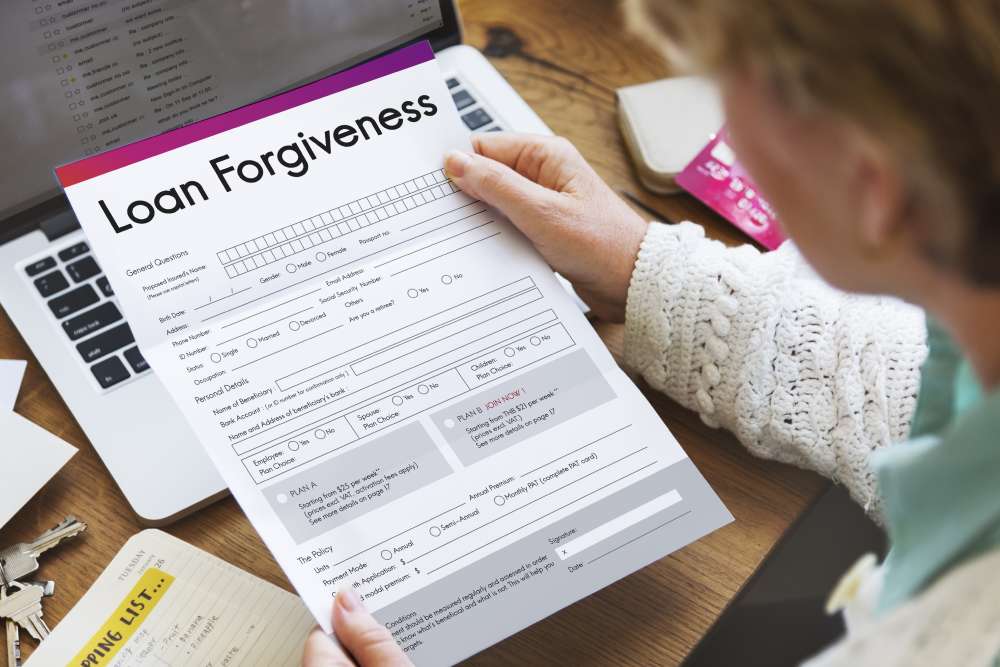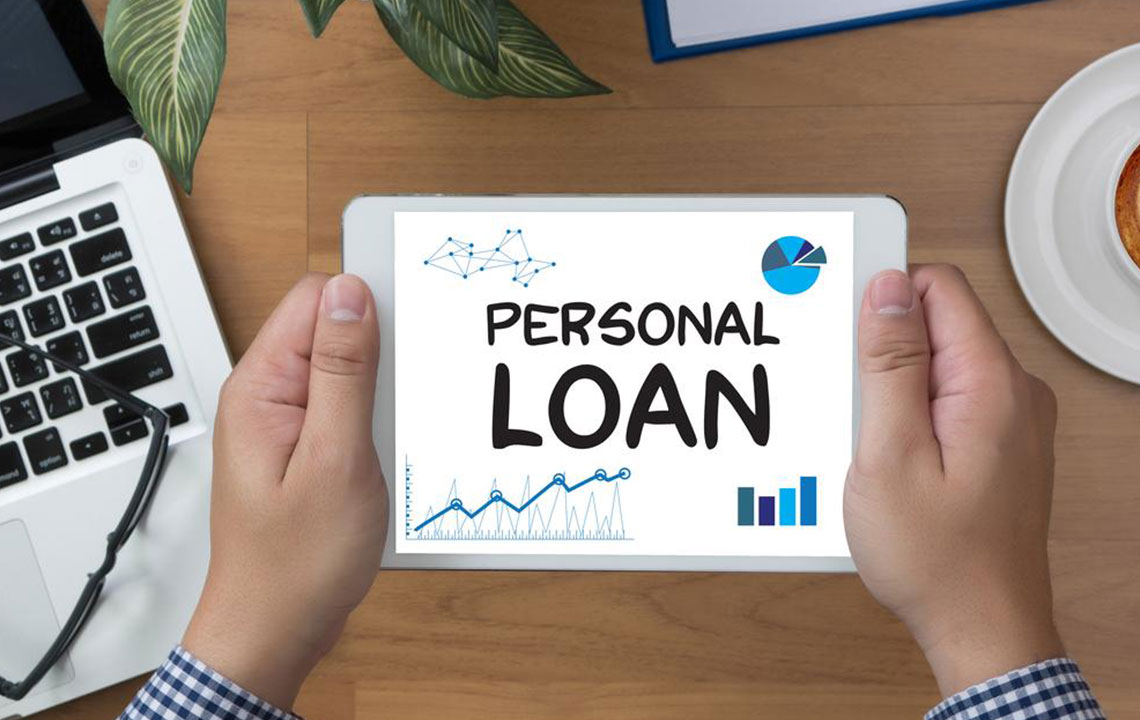Comprehensive Guide to Public Service Loan Forgiveness (PSLF): Unlocking Student Debt Relief
Discover the comprehensive guide to Public Service Loan Forgiveness (PSLF) and learn how this federal program can help public service workers eliminate their student debt. Understand eligibility, repayment strategies, and how to maximize your benefits for a debt-free future. This detailed article offers essential insights for anyone pursuing careers in government or nonprofit sectors, ensuring informed decisions and optimal planning for loan forgiveness.

Comprehensive Guide to Public Service Loan Forgiveness (PSLF): Unlocking Student Debt Relief
For many recent graduates and professionals working in public service sectors, managing student loan debt can become an overwhelming challenge. Fortunately, the federal government offers a valuable program known as Public Service Loan Forgiveness (PSLF), designed specifically to assist individuals committed to careers in government agencies, nonprofits, and other public service organizations. This extensive guide aims to provide an in-depth understanding of the PSLF program, including eligibility criteria, necessary steps for qualification, and strategic tips to maximize your chances of loan forgiveness.
Public Service Loan Forgiveness is a federal initiative that aims to encourage professionals to pursue careers in service-oriented fields by alleviating their debt burdens after a set period of dedicated payments. Under the PSLF program, eligible borrowers can have their remaining federal student loans fully forgiven after completing 120 qualifying monthly payments while working full-time in qualifying public service roles. This potential pathway to debt relief can significantly impact your financial future, freeing you from burdensome student debt and enabling you to focus on your career and personal goals.
Understanding the critical details of this program is essential to leverage its benefits fully. In this comprehensive guide, we will dissect the key elements of PSLF, including which types of loans qualify, how to plan your repayment strategy, and the vital employment criteria necessary to remain eligible throughout the process.
What is Public Service Loan Forgiveness (PSLF)?
The PSLF program is a federal initiative introduced to promote employment in public service roles by offering a path toward loan forgiveness after a series of qualifying payments. The core idea is simple: borrowers working full-time for government agencies or qualifying non-profit organizations who consistently make 120 on-time payments can have their remaining eligible federal student loan balance forgiven entirely. This program has become a crucial resource for students and professionals committed to careers in public administration, healthcare, education, law enforcement, and nonprofit work.
Eligibility Requirements for PSLF
To qualify for PSLF, borrowers must meet specific criteria that span employment, loan types, repayment plans, and payment history. These requirements include:
**Employment**: You must be employed full-time by a qualifying employer at the time of each qualifying payment. Qualifying employers include government agencies at any level (federal, state, local), nonprofit organizations that are tax-exempt under 501(c)(3), and some other non-governmental non-profit entities.
**Loan Types**: Only specific federal student loans are eligible for PSLF. These include Direct Stafford Loans, Direct Unsubsidized Loans, Direct PLUS Loans, and certain consolidation loans that consolidate eligible Federal Family Education Loans (FFEL) or Perkins Loans into the Direct Loan program.
**Repayment Plans**: To maximize eligibility, borrowers are encouraged to enroll in income-driven repayment plans such as Income-Based Repayment (IBR), Pay As You Earn (PAYE), Revised Pay As You Earn (REPAYE), or Income-Contingent Repayment (ICR). Standard 10-year repayment plans do count, but income-driven options are often more flexible and help ensure qualifying payment counts.
**Payment History**: You must make 120 qualifying payments, which must be on-time, full, and made after October 1, 2007. Payments made before this date are not considered valid for PSLF purposes.
How to Ensure Your Payments Count
Ensuring that your payments qualify under PSLF involves careful planning and documentation. It’s recommended that borrowers submit the Employment Certification Form regularly—preferably annually—to confirm that their employment status qualifies and that their payments are correctly tracked. Additionally, keeping detailed records of payments, employment, and loan documentation is crucial in case of audits or discrepancies.
Strategies to Maximize Your Chances of Loan Forgiveness
To optimize your pathway to loan forgiveness, consider the following strategies:
Choose the Right Repayment Plan: Enroll in an income-driven repayment plan that offers lower monthly payments and keeps you on track for qualifying payments.
Stay in Continuous Employment: Verify that your employment qualifies under PSLF requirements throughout the entire repayment period.
Use the Employment Certification Form: Submit this form annually or whenever your employment status changes to keep your records updated and prevent delays in the forgiveness process.
Avoid Missing Payments: Always make your payments on time to remain eligible for PSLF.
Consider Loan Consolidation: If you have multiple types of federal loans, consolidating into a Direct Consolidation Loan can streamline your payments and help qualify more loans for PSLF.
Important Exclusions and Non-Qualifying Loans
It’s important to note what does not qualify for PSLF. Private loans, Perkins Loans (unless consolidated into a Direct Loan), or Federal Family Education Loans (FFEL) unless consolidated do not qualify for forgiveness under PSLF. Borrowers holding Perkins Loans should consider combining their loans into a Direct Consolidation Loan to become eligible for PSLF.
Tax Implications of Loan Forgiveness
One of the significant advantages of PSLF is that forgiven loans are not considered taxable income, allowing borrowers to benefit fully from the forgiveness without facing unexpected tax burdens.
Final Thoughts and Next Steps
If you are committed to a career in public service and want to reduce your student debt burden, the PSLF program offers a promising pathway. However, success depends on careful planning, regular employment verification, and diligent payments. It is recommended to consult with your loan servicer or a financial advisor specializing in student loans to craft a personalized strategy aligned with your career goals. Make sure to stay informed about policy updates and changes to PSLF requirements, as federal programs can evolve over time.
In conclusion, the Public Service Loan Forgiveness program stands as a critical financial tool designed to support public servants across various sectors. By understanding the eligibility criteria, maintaining proper documentation, and making strategic repayment choices, borrowers can potentially eliminate their federal student loans after years of service, opening the door to a debt-free future and enhanced financial security.





